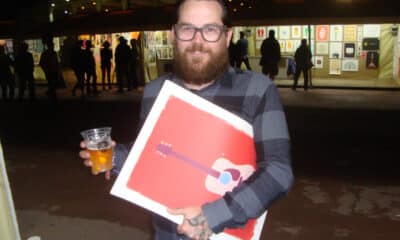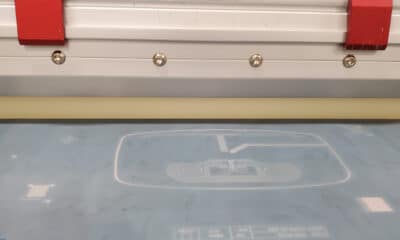READER ALERT! I know most of you hard-charging titans of this industry have switched over to fully automated screen making where your skilled artist talks to the client and then instantly separates a 12-color design and sends it to a CTS system that spits out a perfectly made screen and stencil every time, which locks into the press-in register, and is running five minutes later. So I don’t think this column is for you. But it might be.
It doesn’t matter if you are a textillion, a poster nerd, producing wearable technology, or some scientist developing COVID-19 testing strips, you make “screens” to carry your image. You use a “screen” to print. It’s the basic DNA of our process – the thing that sets us apart from other printing methods. It’s why they named it Screen Printing magazine.
A screen in our printer language is understood to be a frame, some mesh, and a stencil. And anyone who has screen printed for any length of time knows the quality of their screen becomes more important the further they dive in. We didn’t go from silk stapled to wood to our 40 newton 380 mesh wonders overnight. One advance leads to another. Fixing one problem leads to innovative solutions to solve the new ones, such as:
- Wooden frames evolved into metal in order to resist the bowing, reduce the weight, and stop the warping that came with soaking down wood after every job.
- Attaching fabric to frame went from staples and/or cord-in-groove to stretch and glue, and then so-called “click frames” where pre-cut panels get tensioned as the rails holding the mesh stretch and lock into the large frame.
- Stretch-and-glue metal frames begat roller frames, which allowed for tensions on the mesh to be adjusted and maintained after stretching.
- Mesh progressed from multi-filament strands of silk into the precision woven polyester we use today. From 12xx silk originally used to sift flour (the measurement system for silk in the “bad, old days” was 8xx, 10xx, 12 xx, etc. – not threads per inch as they use now) to high-tension, low elongation, thin-thread miracles of modern fabrication and weaving, which are engineered to withstand higher tension from stretching, while remaining durable during production runs.
- Stencil systems went from hand painted to hand cut, and with the introduction of photo stencils, progressed from indirect (developed then adhered to the mesh) to direct, where the emulsion is coated on the stretched mesh.
- Stencils themselves went from relatively simple (but toxic) solvent resistant formulations, to increasingly complex mixtures that had specific characteristics, including resistance to water-based and other abrasive/destructive inks, the ability to deliver finer and finer image reproduction, and the ability to last over longer and longer print runs.
- Oh, and an ability to work with the newest CTS technologies, or at least the range of light sources today’s printers have to choose from.
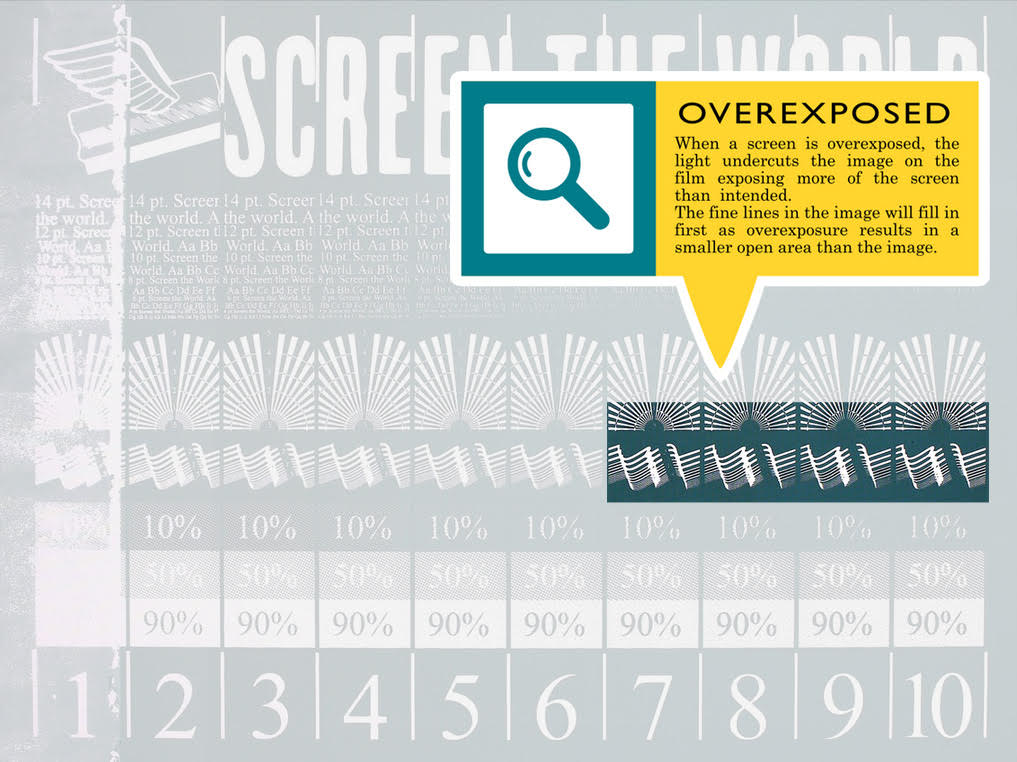
Click on the image above for seven screen exposure tips.
After 100 years of development, give or take a decade or two, we cognoscenti know how to make a decent screen. The problem is that people coming into screen printing don’t. A unique reaction to the COVID-19 pandemic in the US and Canadian screen printing industry – confirmed by two suppliers: Ryonet in Vancouver, Washington, and Metro Graphic Supplies in Port Coquitlam, British Columbia – is an unprecedented rush by first-time or beginner buyers for startup screen printing equipment and supplies. Bob Doig, owner of Metro Graphic, says after an initial drop in sales in the spring he had his best June and July sales in 29 years of business. And the bulk of it was from people starting in their basement or garage. Ronald Peters, sales team manager at Ryonet, says the main driver of the rebound sales at his company is the purchase of startup kits.
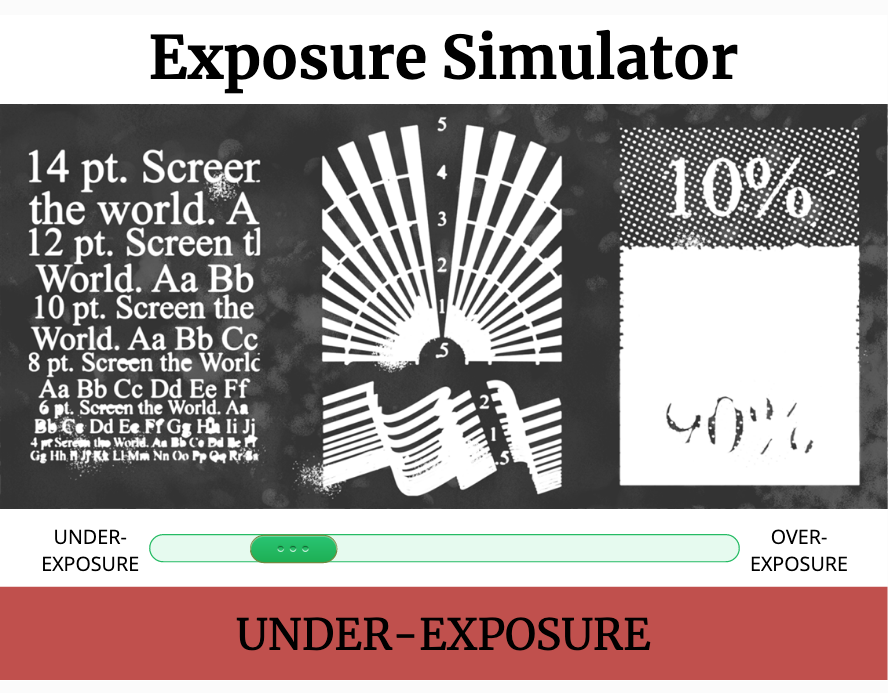
Click on the image above to learn what it means for stencils to be under-exposed, over-exposed, or properly exposed.
Advertisement
This doesn’t surprise me. Millions of people lose their jobs. Some percentage of them will look around for a new opportunity, and a percentage of those will come to screen printing. What other activity or process could deliver the potential of self-employment starting at home, with unlimited growth, with such a low-entry cost? Besides, it’s so simple our intrepid entrepreneur (a) saw a video (b) did it in high school (c) was always creative (d) has a friend who knows how or (e) all of the above.
After 30 years of teaching beginners to print, and 15 years of participating in online forums and Facebook screen printing groups, I know one thing: figuring out how to make a proper screen on whatever exposing system is the hardest part. And your average entry-level player, with their various exposing set ups, incomplete knowledge, and lack of hands-on educational help, struggle with this part of the process: Why did my stencil wash off!?!?!?!
So I want to share something with you readers. And I want to explore this interactive opportunity we have with the digital version of Screen Printing magazine. Two of my co-workers, both non-screen printers (but not for long!), came up with this visual aid that helps newbies (and not so new) understand the concepts around exposing a screen, what constitutes an optimum stencil, and how to test and adjust to get that perfect screen every time. Take a bow Adrian Granchelli and Scott Henley.
And just for kicks, see above for a video showing how you could do it with a really cheap light source: the sun.
Screen the World! Why not?
Advertisement
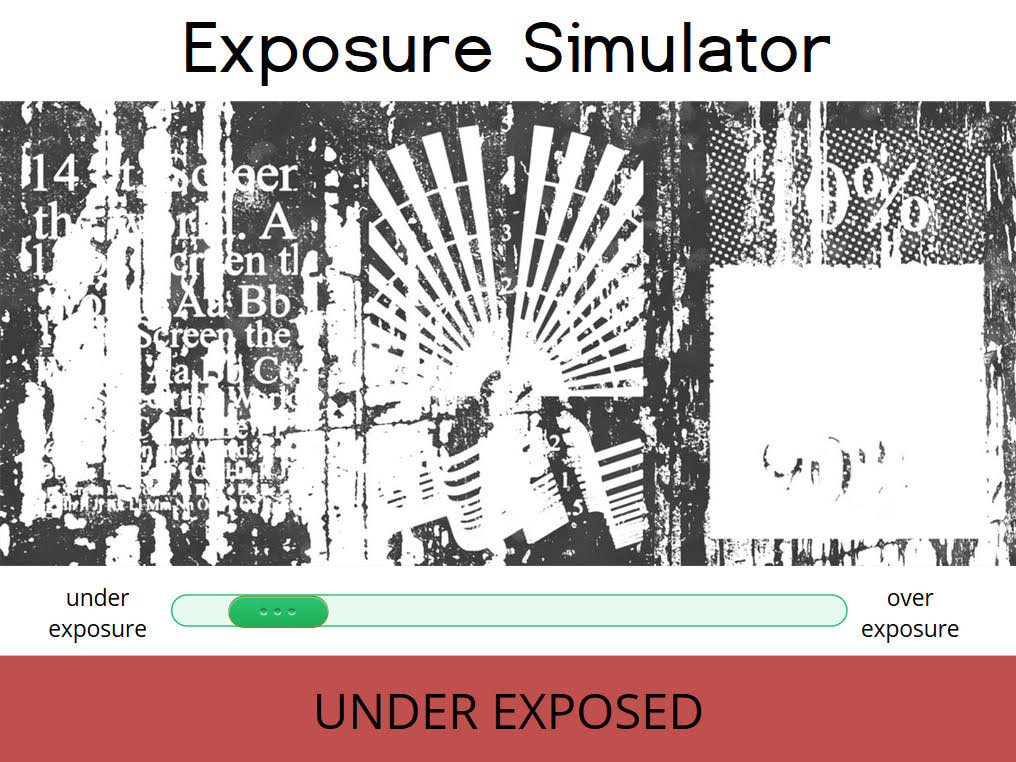

 Case Studies2 months ago
Case Studies2 months ago
 Art, Ad, or Alchemy2 months ago
Art, Ad, or Alchemy2 months ago
 Andy MacDougall2 months ago
Andy MacDougall2 months ago
 Columns4 weeks ago
Columns4 weeks ago
 Editor's Note3 weeks ago
Editor's Note3 weeks ago
 Marshall Atkinson3 weeks ago
Marshall Atkinson3 weeks ago
 Thomas Trimingham2 months ago
Thomas Trimingham2 months ago
 Case Studies4 weeks ago
Case Studies4 weeks ago


